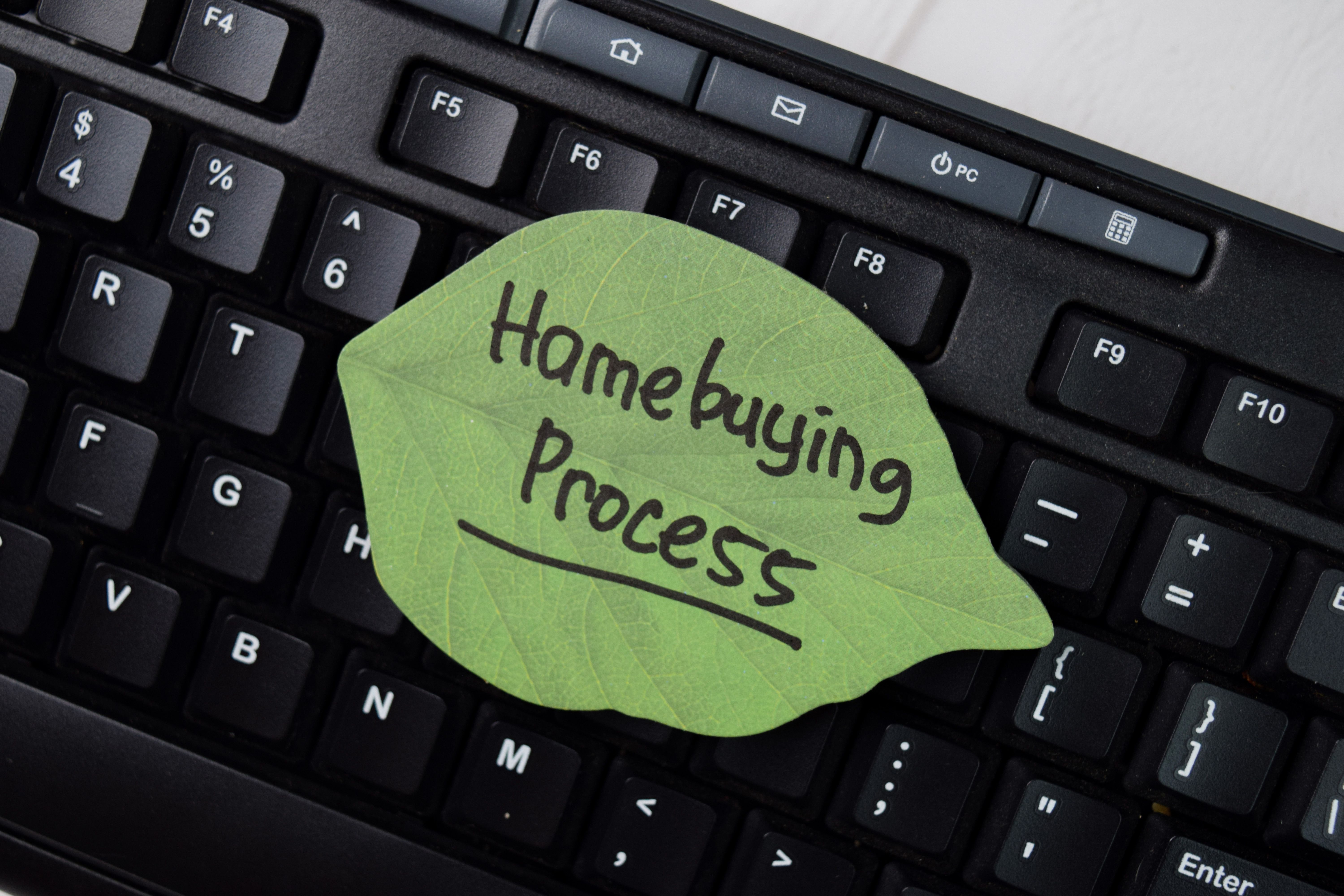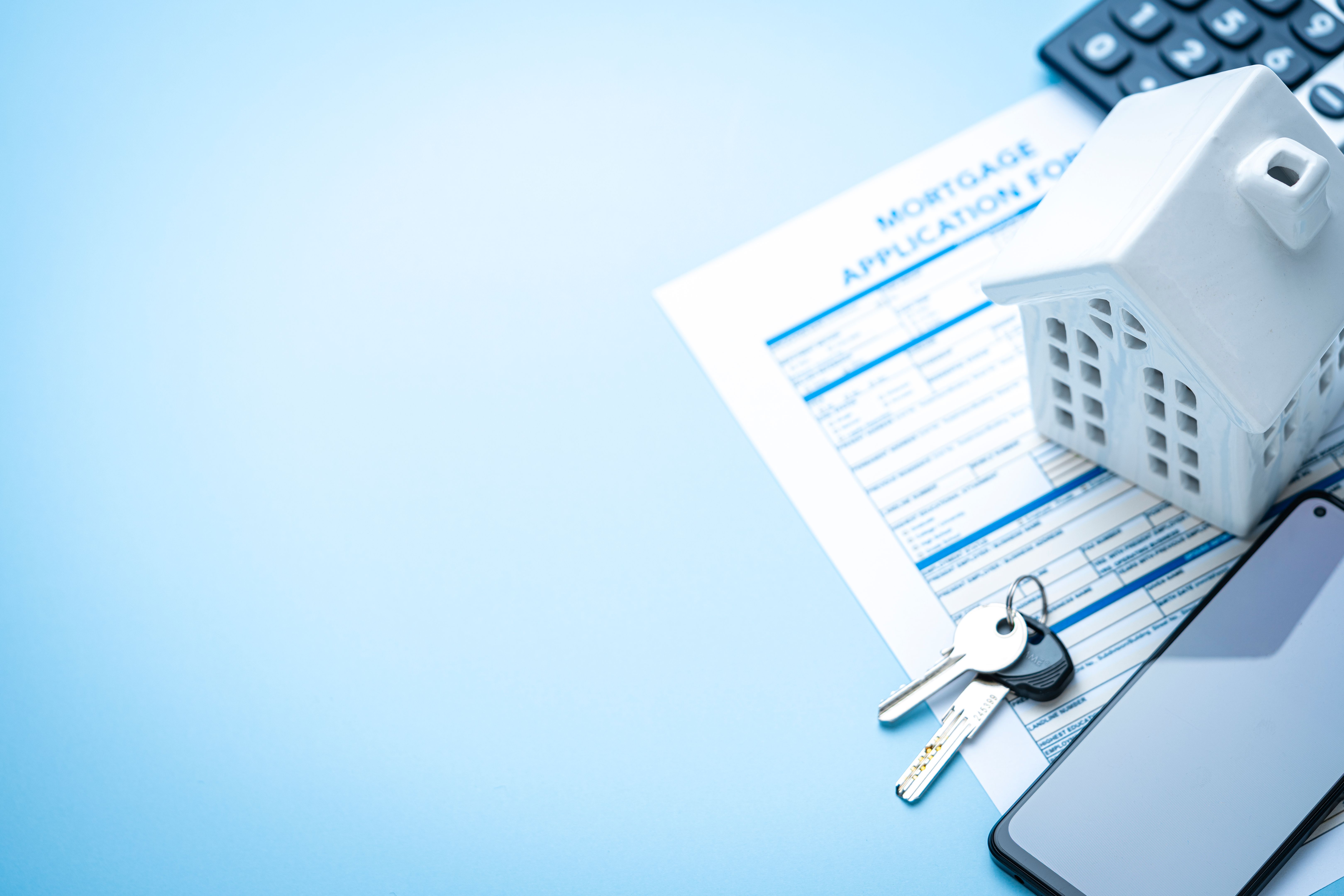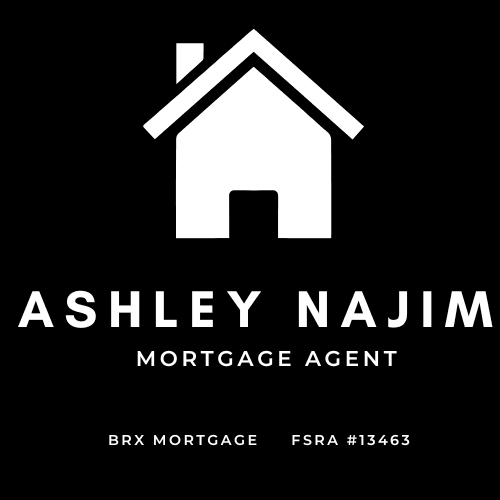Understanding Mortgage Terms: A Guide for First-Time Homebuyers
Introduction to Mortgage Terms
For first-time homebuyers, understanding mortgage terms can feel like learning a new language. This guide aims to simplify the essential terminology you'll encounter when navigating the home buying process. By familiarizing yourself with these terms, you'll be better prepared to make informed decisions.

Types of Mortgages
There are several types of mortgages, each with its own benefits and drawbacks. The most common types include:
- Fixed-rate mortgage: This type offers a consistent interest rate throughout the life of the loan, providing stability in monthly payments for the duration of your term (usually 3-5 year terms).
- Adjustable-rate mortgage (ARM): An adjustable-rate mortgage has an interest rate that can change throughout your term, typically in response to the Bank of Canada’s eight scheduled rate announcements each year. Your payment can increase or decrease during the term depending on how rates move.
- A Closed Mortgage: commits you to the full term, and paying it off early typically results in a penalty. However, it usually includes valuable prepayment privileges — such as making extra lump-sum payments or increasing your regular payments by a set percentage — allowing you to pay down your mortgage faster without breaking the term.
- An Open Mortgage lets you pay off or add to your mortgage anytime without penalty, though interest rates are usually higher for this flexibility.
- High-Ratio Mortgage: This applies when you put less than 20% down and requires a mortgage insurance premium paid by you through CMHC, Sagen, or Canada Guaranty. These mortgages often come with some of the lowest interest rates, but qualification follows strict insurer-dictated guidelines that all lenders must adhere to.
- Conventional Mortgage: This applies when you put 20% down or more and no mortgage insurance is required. While interest rates are usually slightly higher, these mortgages generally offer more flexibility in qualification, making them a strong option for borrowers with unique income, credit, or property situations.
Key Mortgage Terms
Understanding key mortgage terms will help you navigate the home buying process with confidence. Here are a few important ones:
- Prepayment Privileges: making extra payments toward your mortgage — whether through lump sums or by increasing your regular payments — helps you pay off your loan faster and significantly reduces the total interest you’ll pay over the life of your mortgage.
- Principal: is the amount of money you borrow to purchase your home. Each mortgage payment you make is divided between principal and interest. In the early years, most of your payment goes toward interest, but as the principal balance decreases, more of your payment is applied directly to the principal. Making extra payments—such as lump sums or increasing your regular payment—helps reduce your principal faster, which in turn lowers the total interest you’ll pay over the life of your mortgage.
- Interest Rate: is the percentage charged by the lender for borrowing money. It determines how much you pay on top of the principal. A lower rate reduces your total borrowing cost, while a higher rate increases it. Your rate may be fixed (stays the same for the term) or variable/adjustable (changes with the market).
- Amortization: is the total length of time it will take to fully pay off your mortgage through regular payments — typically ranges from 25 years to 30 years. Over the amortization period, your payments include both interest and principal, and the balance gradually decreases until the mortgage is fully paid off. Shorter amortizations reduce interest but increase monthly payments, while longer ones lower payments but increase total interest paid.
- Maturity Date: when your current mortgage term ends. You’ll renew or pay it off in full.

Understanding How Interest Rates Work
Interest rates are one of the biggest factors affecting both your monthly payments and the total cost of borrowing. Rates can change daily, and each mortgage type reacts differently to market conditions.
Fixed rates are tied to bond yields, offering stability and predictable payments for the entire term — ideal if you prefer certainty or need a consistent budget.
Variable and adjustable rates move with Bank of Canada announcements, made eight times per year. These rates often start lower but can rise or fall during your term, which affects either your payment or the interest you pay.
The right choice depends on your long-term plans and comfort with potential payment changes.
- In a high-rate environment, shorter terms or products with lower penalties provide flexibility to secure better rates later.
- In a low-rate environment, longer terms can help lock in affordability and stability.
Understanding how rate environments work — and how each product responds — empowers you to make a confident decision. And we’re here to walk you through the pros, cons, and strategies that fit your financial future.
Understanding Your Down Payment in Canada
Your down payment is a key part of buying a home. It’s the upfront amount you contribute toward the purchase price and it affects your approval, monthly payments, and whether mortgage insurance is required.
In Canada, you don’t always need 20% down — especially for owner-occupied homes:
- 5% down on the first $500,000
- 10% down on the portion from $500,000 to $999,999
- 20% down required for homes over $1.5 million and rental properties
If you put less than 20% down, mortgage default insurance (CMHC, Sagen, or Canada Guaranty) is required. While this adds a premium to your mortgage, it also gives you access to some of the lowest rates available.

Understanding Your Closing Costs
Closing costs are the additional expenses you’ll need to pay when your home purchase and mortgage are finalized. These costs cover the professionals and services involved in transferring the property into your name and securing your financing. They typically include things like appraisal fees, title insurance, land transfer tax, and real estate lawyer fees.
Most buyers can expect closing costs to range from 1.5% to 4% of the home’s purchase price. Planning for these costs in advance helps ensure a smooth closing day and prevents last-minute surprises. Setting aside the right amount from the beginning will help you feel prepared and confident as you approach the finish line of your home purchase.

Conclusion
Understanding mortgage terms is crucial for navigating the complex world of home buying. By familiarizing yourself with these concepts, you can make informed choices and feel confident in your journey to homeownership. Keep this guide handy as you explore your options and work toward securing the home of your dreams.
